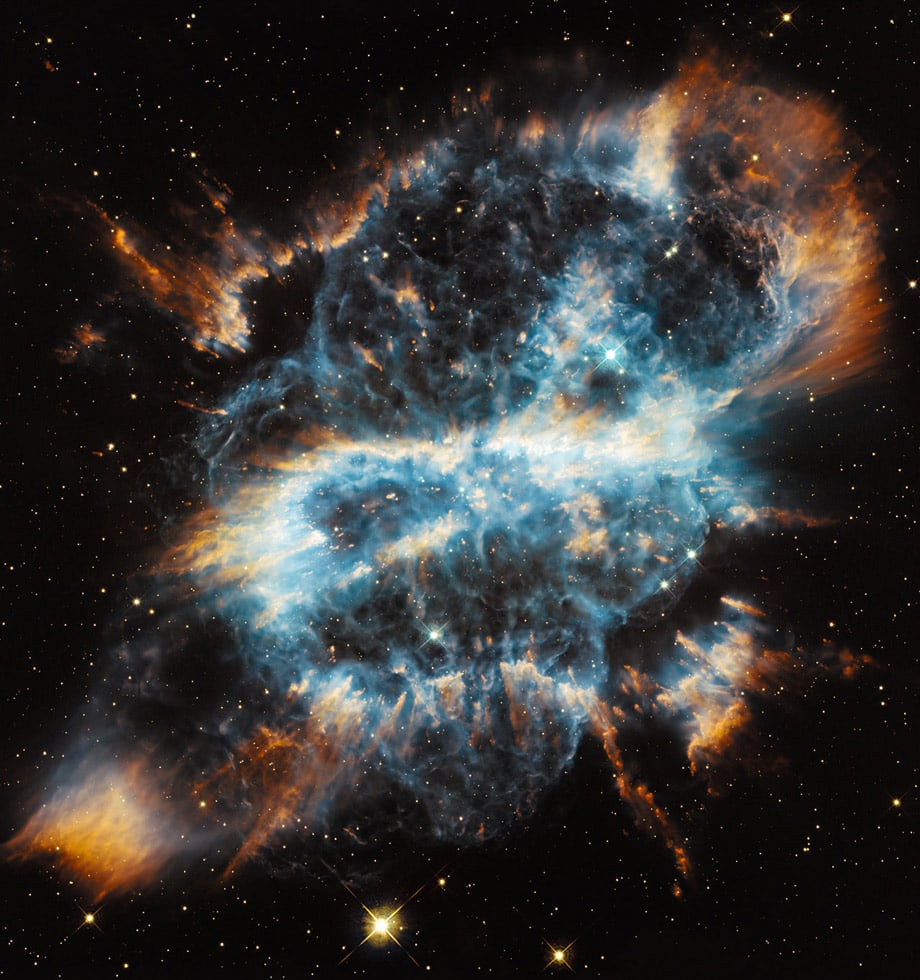"It’s probably easiest to talk about Tempest-based 3D Audio and the Dolby device support in terms of Ambisonic audio, which is increasingly popular these days [note there are other strategies for 3D Audio, including ones that use discrete 3D audio objects, but situation is rather similar).
Ambisonic audio can be viewed as a pretty radical extension of stereo audio. With stereo audio, the game’s audio engine (or the middleware being used) will add a sound source into one or both channels based on its location - if the source is to the right of the listener it’s primarily added into the right channel, and so on. With Ambisonic audio, there are a lot more channels - fifth order is very common and uses 36 channels, so it allows pretty good locality to the audio.
A sound source is then added into those 36 channels based on location; the math is a bit more complex than when using stereo but not overwhelmingly so. Because the audio processing is channel based (albeit at 36 channels rather than 2 channels), the audio designer keeps very good control of mixing, filters, etc., and strategies like dynamic range compression (where audibility of certain important audio such as player character voice is ensured] can be used as usual.
The Ambisonic audio channels are then handed off to the Tempest 3D AudioTech engine for rendering, which is to say that the Tempest engine uses the player’s HRTF and the speaker locations to create an appropriate audio stream for each speaker. The Ambisonic audio channels encode all directions, including above the player; even if rendering for headphones, this is very important, because it allows a sound “above” the player to be processed in such a way to sound as if it is truly coming from above - this is of course where the HRTF with its encoding of head and ear shape comes in.
Up until the most recent update, the Tempest engine would render the information in the Ambisonic channels into headphones, stereo TV speakers, and 5.1 and 7.1 audio setups. Now 7.1.4 has been introduced, with its four overhead speakers, but really nothing changes in the overall Tempest rendering strategy - the 36 Ambisonic channels already include audio coming from all directions, including above the player. To put that differently, the support of the four overhead speakers is “first class” support, they are
Also note the rendering latency for these new speaker setups is identical to what it has been in the past for stereo, 5.1 and 7.1. As a result, the 7.1.4 experience for existing games should be quite good. It is true that the game teams could not test with these speaker setups but support should be pretty automatic, the necessary game audio data is already there in Ambisonic form. Going forward, there’s an opportunity for improvement as the sound designers can verify the highest quality of audio on 7.1.4 speaker setups as well.
- Mark Cerny, Lead System Architect of the PS5"


“Not tested, should be ok” seems a little vague imo.
He is saying game developers didn’t test with atmos, because this feature didn’t exist until today.
Thanks for clarifying. I’m looking forward to trying it out.